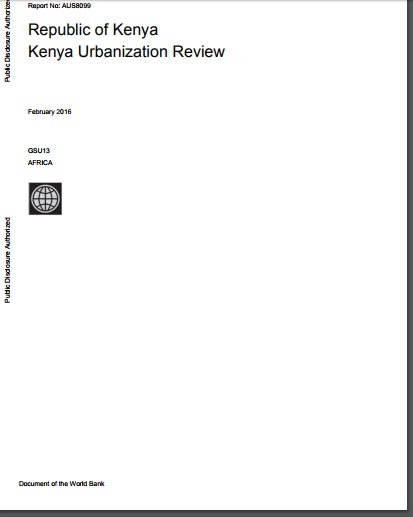Development of Future Land Cover Change Scenarios in the Metropolitan Fringe, Oregon, U.S., with Stakeholder Involvement
We describe a future land cover scenario construction process developed under consultation with a group of stakeholders from our study area. We developed a simple geographic information system (GIS) method to modify a land cover dataset and then used qualitative data extracted from the stakeholder storyline to modify it. These identified variables related to our study area’s land use regulation system as the major driver in the placement of new urban growth on the landscape; and the accommodation of new population as the determinant of its growth rate.




